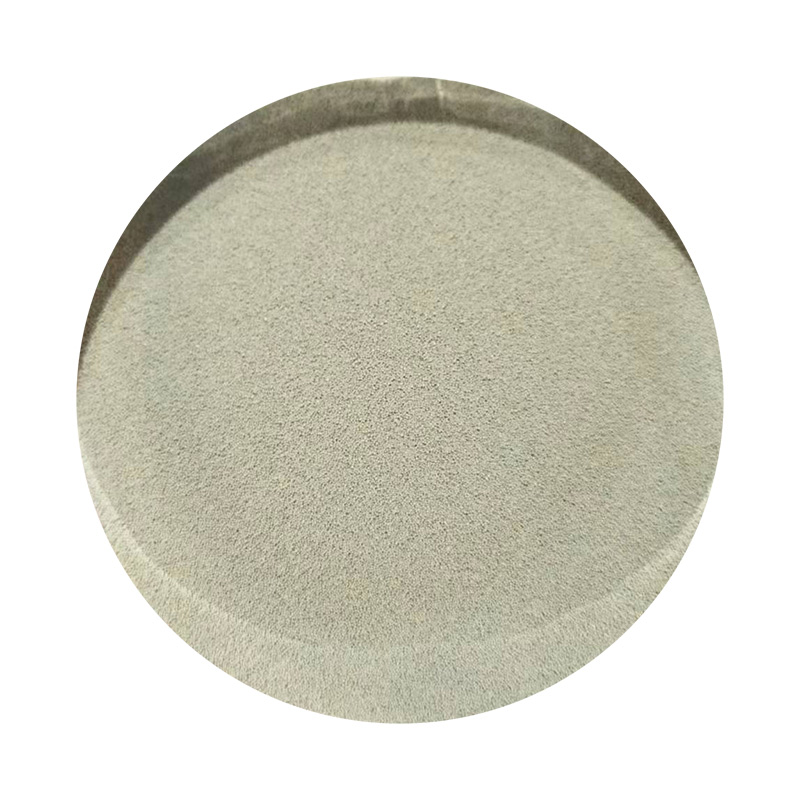How to Wet Sand 3D Prints for a Smooth Finish
Wet sanding is a technique often employed to achieve a smooth finish on 3D prints. This process can significantly enhance the appearance of your printed models, making them look more professional and polished. Below, we will explore the steps and benefits of wet sanding your 3D prints.
Materials Needed
Before starting the wet sanding process, gather the necessary materials 1. Sandpaper (various grits, ideally from 400 to 2000) 2. A container for water 3. A spray bottle (optional) 4. A microfiber cloth or sponge 5. A small bucket (for used water)
Step-by-Step Guide
1. Preparation Begin by preparing your workspace. Ensure it is clean and well-ventilated. Fill a container with water and, if possible, add a few drops of dish soap to act as a lubricant.
how to wet sand 3d prints

2. Initial Sanding Choose a lower grit sandpaper (around 400 to 600 grit) for the initial sanding. Submerge the sandpaper in water for a few minutes to allow it to soak. This helps reduce friction and prevents the paper from clogging. Gently sand the surface of your 3D print in a circular motion, applying minimal pressure. Keep the sandpaper wet to achieve the best results.
3. Gradual Grit Increase After the initial sanding, rinse the model and assess the surface. If you are satisfied with the smoothing, switch to finer grit sandpapers (800 to 1500 grit). Continue the wet sanding process, ensuring that you maintain the surface wet. This not only minimizes dust but also creates a finer finish.
4. Final Touches Once you reach the desired smoothness, rinse the print thoroughly under running water to remove any residue from the sanding process. Dry the model gently with a microfiber cloth. If you desire an even glossier finish, consider polishing it with a suitable plastic polish after the wet sanding.
Benefits of Wet Sanding
Wet sanding offers several benefits compared to dry sanding. Most notably, it reduces the amount of dust created during the sanding process, which can be particularly important when working with filaments like PLA or ABS, as inhaling the dust can be harmful. Additionally, wet sanding helps to keep the surface cool, preventing damage or warping from excessive heat.
Ultimately, wet sanding your 3D prints can elevate your projects to a new level of professionalism. The final product not only looks better but also feels more refined to the touch. Whether you are preparing prints for display or for painting, wet sanding is an essential step in the finishing process.
Post time:ئۆكتەبىر . 12, 2024 04:38
Next:3d print sanding
